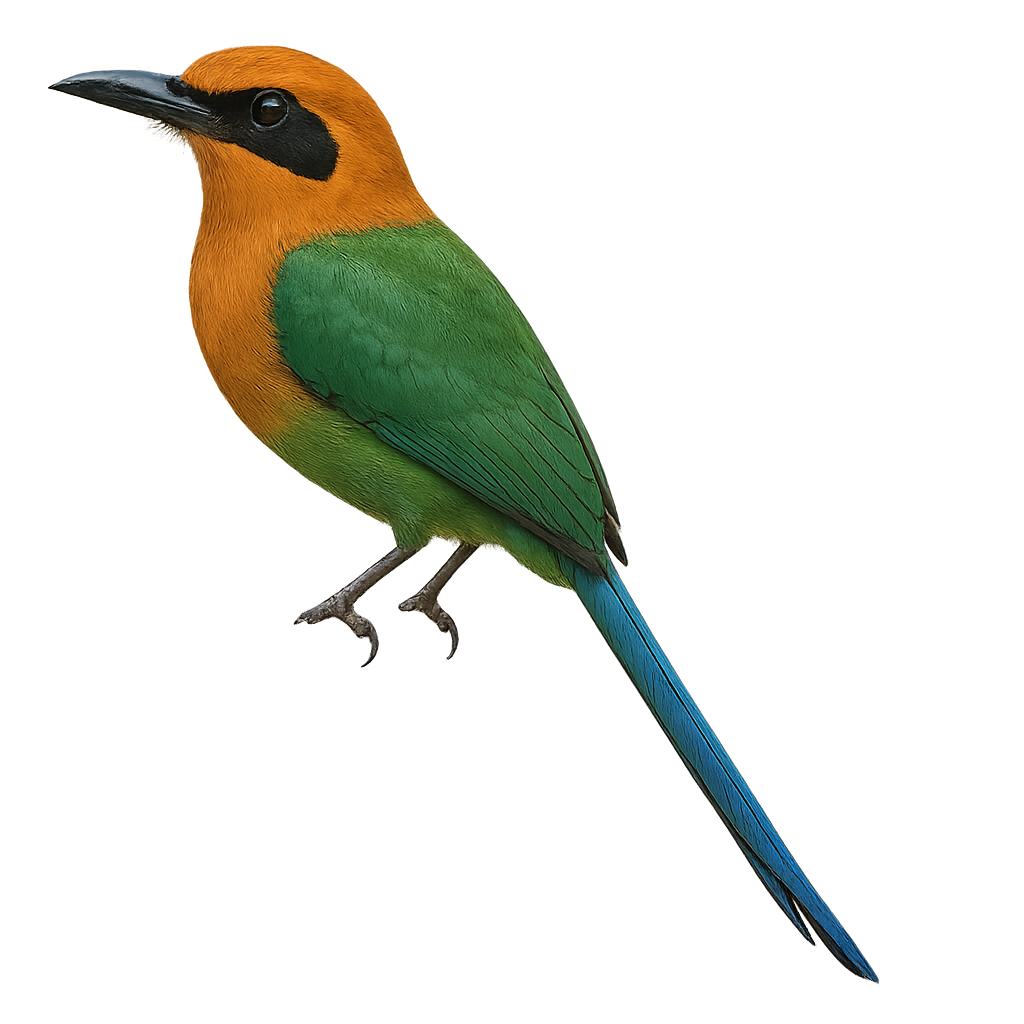Your wildlife photography guide.
Explore the rufous motmot in detail, study its behavior, prepare your shots.
Where to observe and photograph the rufous motmot in the wild
Learn where and when to spot the rufous motmot in the wild, how to identify the species based on distinctive features, and what natural environments it inhabits. The WildlifePhotographer app offers tailored photography tips that reflect the rufous motmot’s behavior, helping you capture better wildlife images. Explore the full species profile for key information including description, habitat, active periods, and approach techniques.
Rufous Motmot
Scientific name: Baryphthengus martii

IUCN Status: Least Concern
Family: MOMOTIDAE
Group: Birds
Sensitivity to human approach: Suspicious
Minimum approach distance: 20 m
Courtship display: March to June
Incubation: 20-22 jours
Hatchings: April to July
Habitat:
Humid tropical forests, forest edges, open woodlands
Activity period :
Primarily active during the day, with peak activity in the morning and late afternoon.
Identification and description:
The Rufous Motmot is a medium-sized tropical bird, measuring between 38 and 43 cm in length. It is identifiable by its bright blue crown bordered by a black band, green back, and rufous chest. Its long tail ends with two racket-shaped feathers, characteristic of the genus. Found in the humid forests of Central and South America, it frequents forest edges and open woodlands. Omnivorous, it feeds on insects, small vertebrates, and fruits. It nests in tunnels dug into banks or slopes, where the female typically lays 3 to 4 white eggs. Although currently listed as Least Concern, deforestation poses a threat to its natural habitats.
Recommended lens:
300 mm – adjust based on distance, desired framing (portrait or habitat), and approach conditions.
Photography tips:
Use a telephoto lens to capture the Rufous Motmot perched in the canopy's shade. The subdued light of the understory highlights the vibrant colors of its plumage. Be patient and discreet to observe its natural behavior without disturbance.
The WildlifePhotographer App is coming soon!
Be the first to explore the best nature spots, track rutting seasons, log your observations, and observe more wildlife.
Already 1 431 wildlife lovers subscribed worldwide

